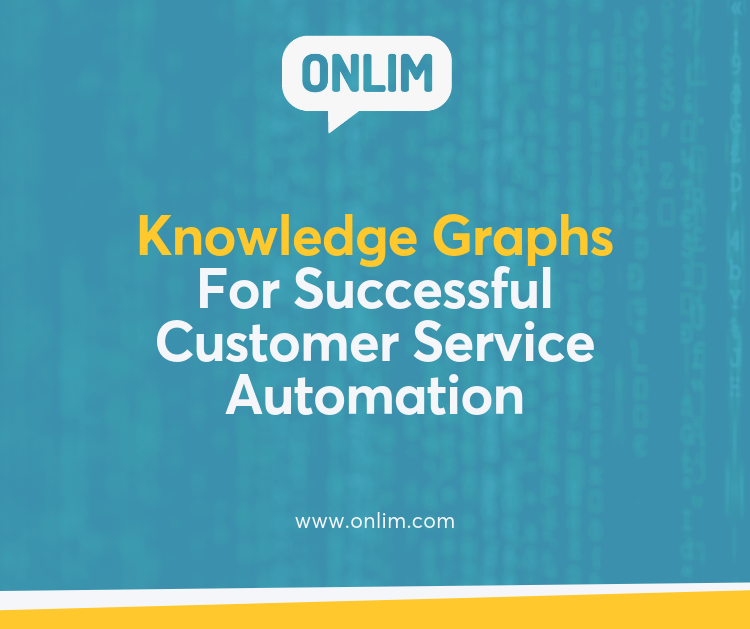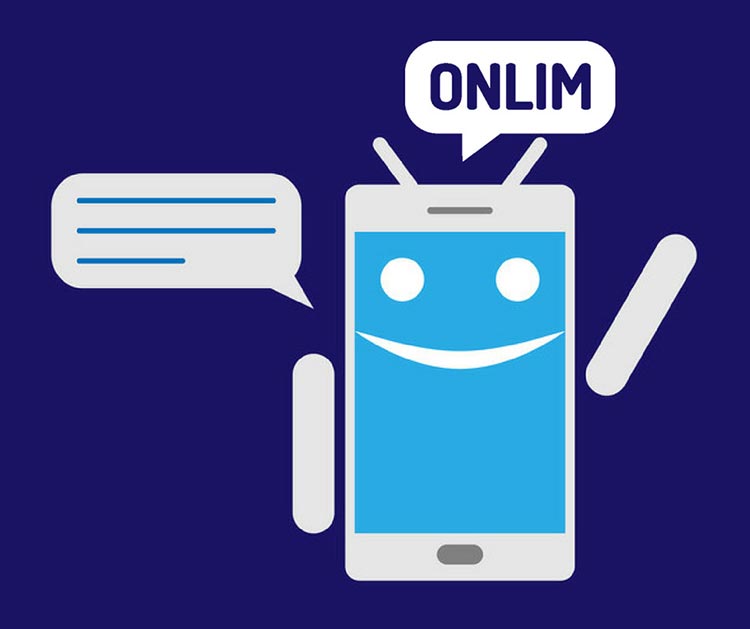Knowledge Graphs For Successful Customer Service Automation
Not so long ago the idea that artificial intelligence could take on customer service responsibilities was dismissed as science fiction. Using chatbots to solve customer problems was not a realistic option, regardless of the size of the business.
Download our free e-book to learn everything you need to know about chatbots for your business.
Meanwhile, chatbots and voice assistants are so powerful that they can play a vital role in a modern customer service organization. More and more companies are starting to implement such solutions. A key factor in the quality of customer service chatbots is the structure and quality of the data available to answer questions.
Understand data better
The last few years have been characterized by an ever-increasing amount of data (partly due to the ongoing digitization). Therefore, one of the most urgent tasks is to automatically utilize this huge amount of data and make the collected data fully machine-readable.
Knowledge graphs play a significant role to do this and take AI-based chatbots to the next level. Chatbots can build domain knowledge on specific topics and help solve a specific problem by providing accurate answers to complex questions or even automate processes. The chatbot’s knowledge can be enhanced further by accessing publicly available knowledge graphs. The newly integrated data expands and broaden the domain and understanding of the chatbot.
Knowledge graphs as a form of data modeling
The term “knowledge graph” was first introduced by Google in 2012 and is now understood as a synonym for a special kind of knowledge representation. It stores facts in the form of edges between nodes in a graph/network. In addition, most knowledge graphs also store the schema of the data (e.g., class hierarchies).
Meanwhile, some companies already use and exploit knowledge graphs to improve their products. For example, Facebook uses them to store its social network and interactions between users and their interests, Netflix uses a knowledge graph to recommend movies to its users, Google for improved search results, and Springer to make their authors, books, citations and scientific articles searchable.
The following graphics illustrate the general concept of a knowledge graph in a simplified way using a ski region as an example.
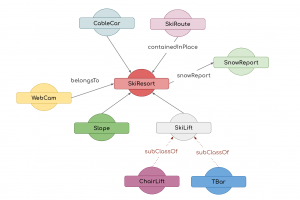
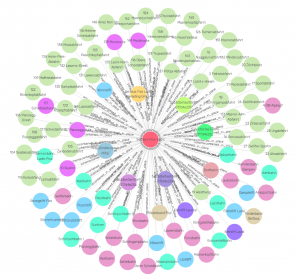
Illustrations: Ski resort and lifts, slopes, routes, webcams; Data visualization;
Knowledge graphs and chatbots
Using a knowledge graph for chatbots offers two immediate benefits. 1) Improved data integration and 2) better conversations.
New data sources are easier to integrate because they only need to be adapted to a single format and schema.
In addition, knowledge graphs provide increased flexibility for expanding existing knowledge and new facts can be stored as nodes or edges in the graph.
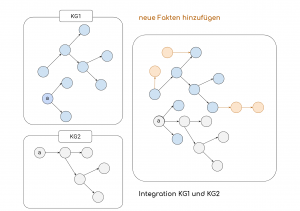
Illustration: Graph data structures simplify the integration of data (several graphs)
Several knowledge graphs can even be linked either through using identical nodes or adding new edges. This allows to establish modern knowledge management in a business, which can be requested through natural language via API and voice interfaces.
To optimize chatbot conversations, a knowledge graph provides benefits such as:
Enhancement of speech comprehension: The stored knowledge in the knowledge graph, e.g. names and synonyms of entities (people, products, prices, places, services …), is used to enhance and extend the natural language understanding (NLU) of the bot.
Fewer intents and better management: Knowledge graphs significantly improve the management of intents (intentions behind questions) as they can be abstracted in the graph.
Improvement of answers and dialogues: You can answer very concrete and complex questions via a knowledge graph. Thus, certain attributes within a question can lead to a concrete answer, such as in this example of a utility company: “Which rates are based on a renewable energy source and are less than € x a month if I use a maximum of x KwH?”
Knowledge graphs represent a very powerful tool to automate communication via chatbots and voice assistants for customer service organizations. Use cases are numerous and knowledge graphs unfold their full potential especially with large and complex structures.
More Knowledge For Chatbots And Voice Assistants
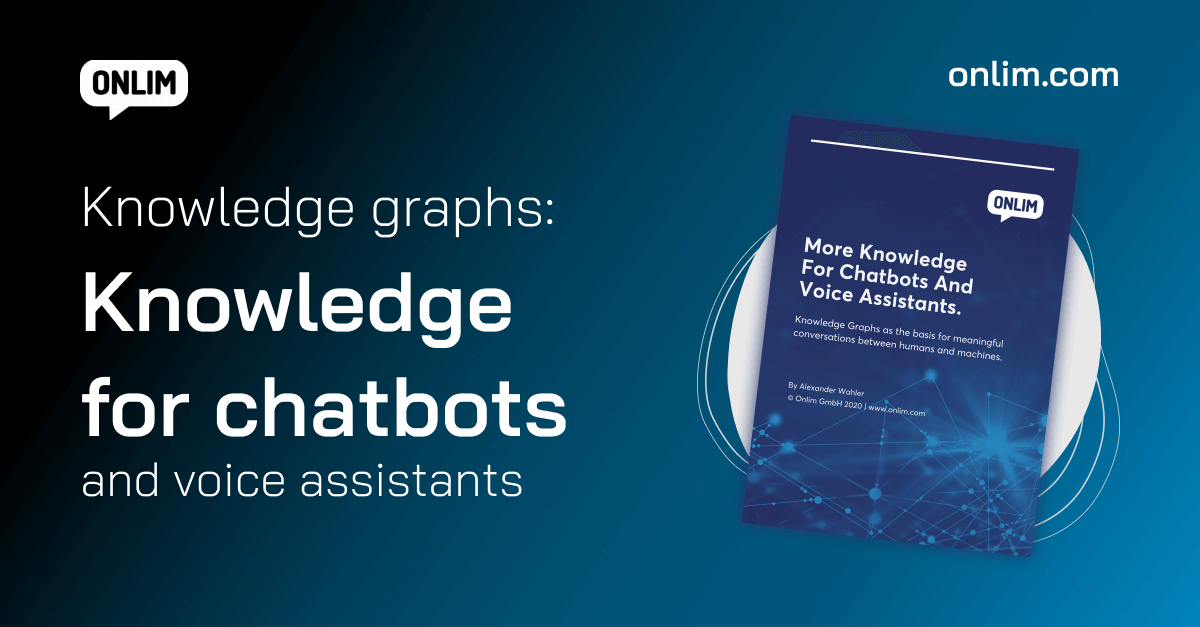
What are Large Language Models (LLMs)?
March 18th, 2024|
What are chatbots and how do they work?
November 23rd, 2023|
The AI Act and its impact on the use of chatbots
October 27th, 2023|
